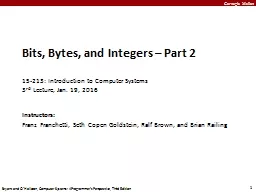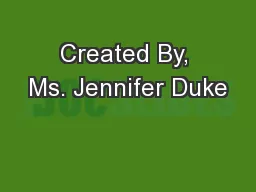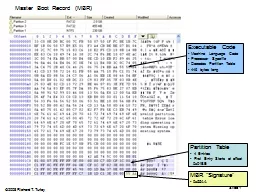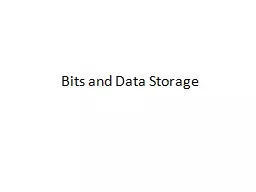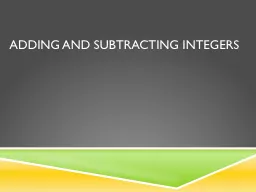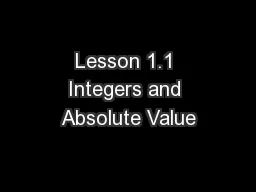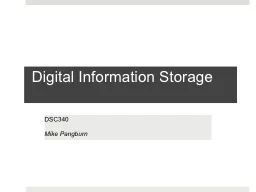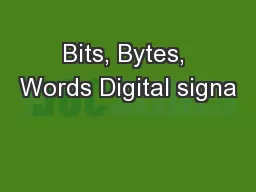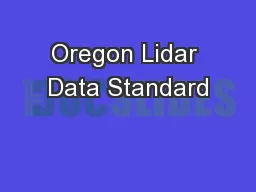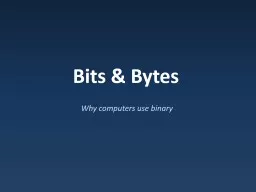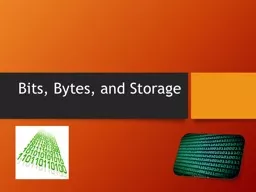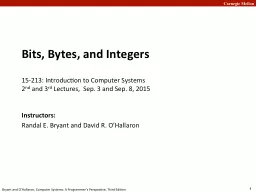PPT-Bits, Bytes, and Integers – Part 2
Author : undialto | Published Date : 2020-06-23
15213 Introduction to Computer Systems 3 rd Lecture Jan 19 2016 Instructors Franz Franchetti Seth Copen Goldstein Ralf Brown and Brian Railing Autolab accounts
Presentation Embed Code
Download Presentation
Download Presentation The PPT/PDF document "Bits, Bytes, and Integers – Part 2" is the property of its rightful owner. Permission is granted to download and print the materials on this website for personal, non-commercial use only, and to display it on your personal computer provided you do not modify the materials and that you retain all copyright notices contained in the materials. By downloading content from our website, you accept the terms of this agreement.
Bits, Bytes, and Integers – Part 2: Transcript
Download Rules Of Document
"Bits, Bytes, and Integers – Part 2"The content belongs to its owner. You may download and print it for personal use, without modification, and keep all copyright notices. By downloading, you agree to these terms.
Related Documents

